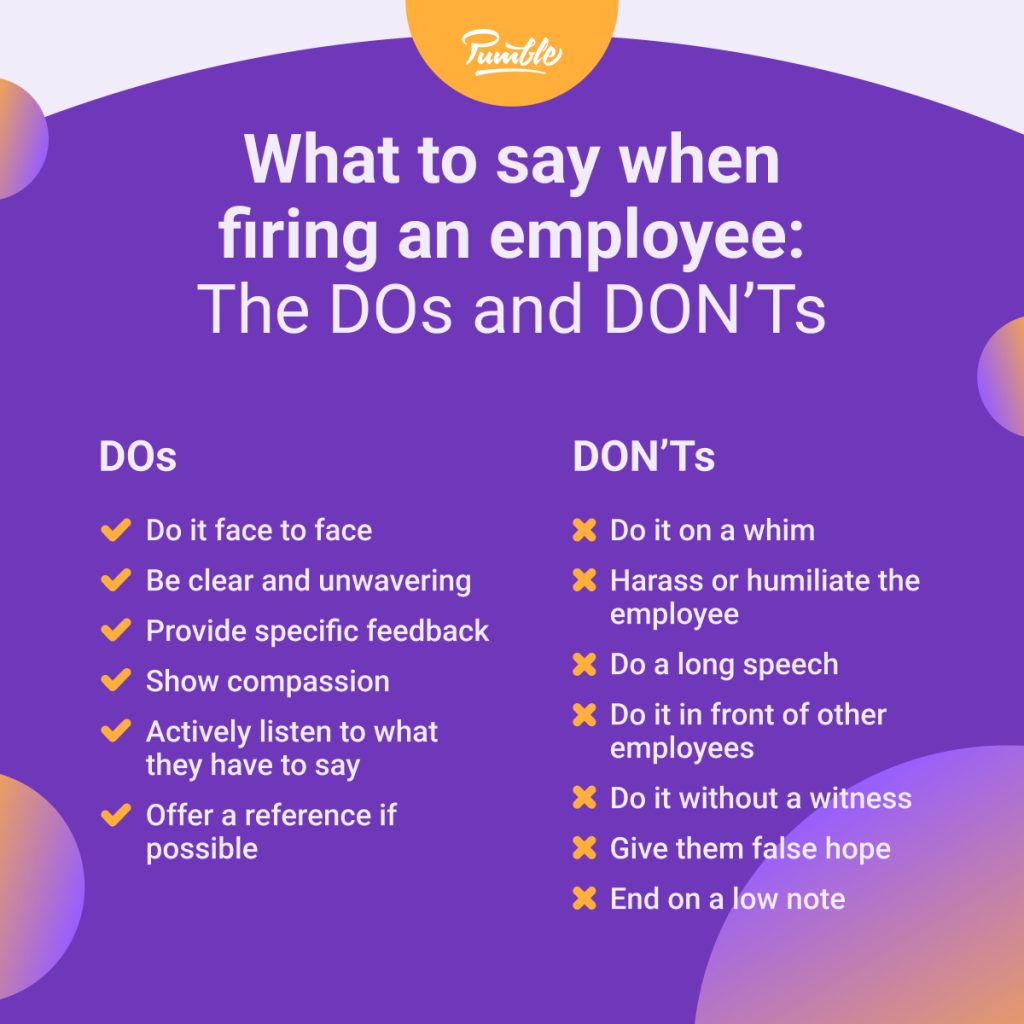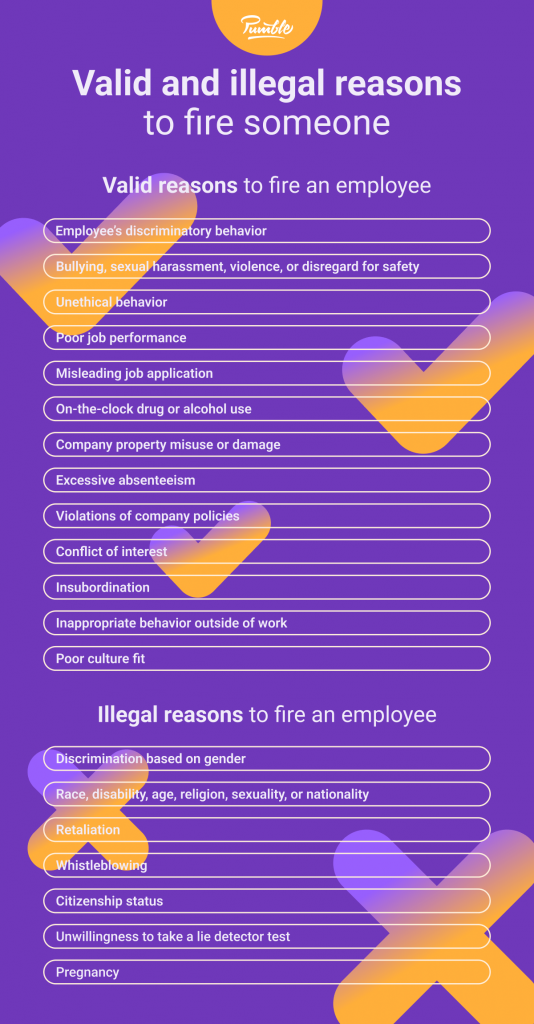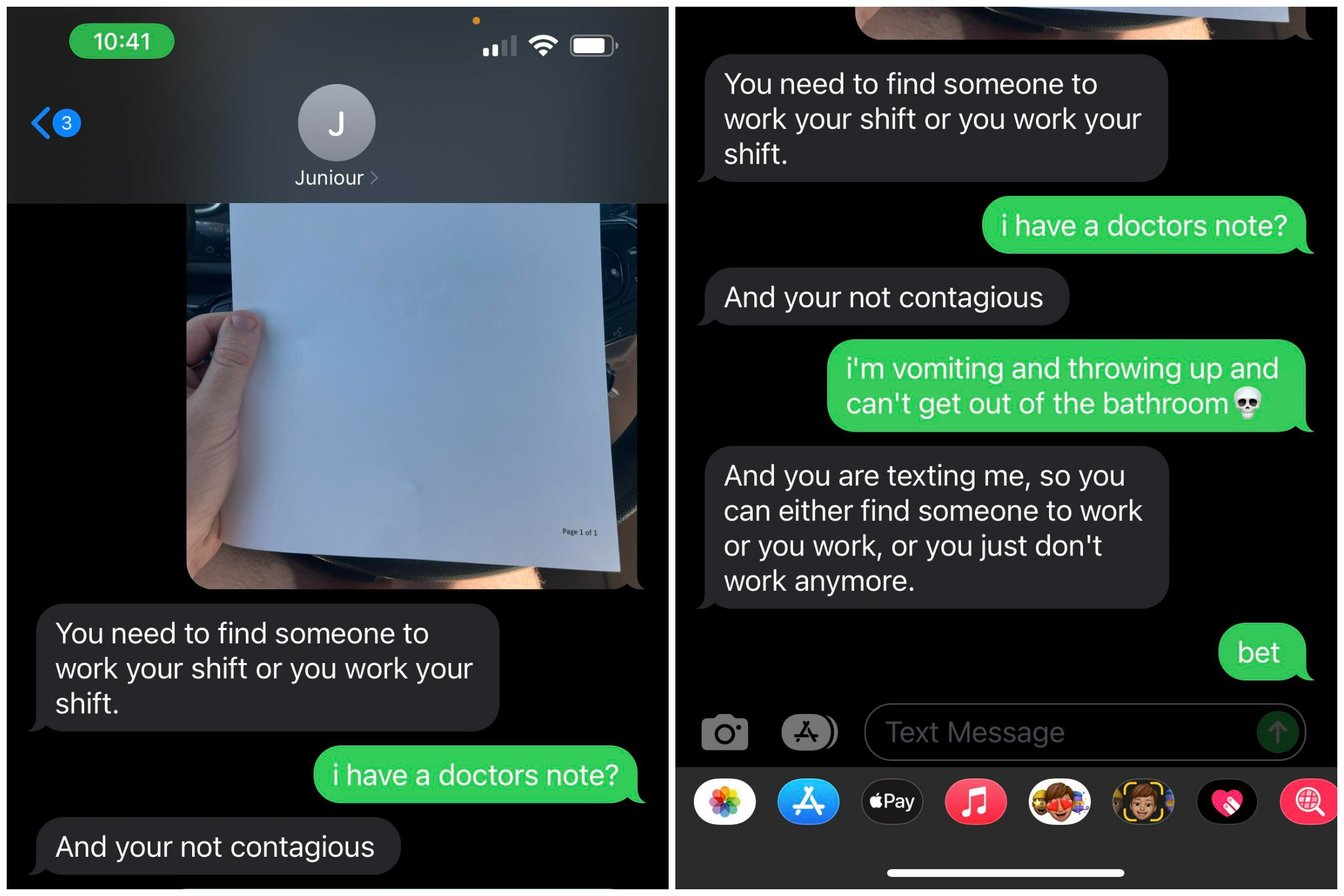How To Fire Someone Nicely Over Text

The digital age has permeated nearly every facet of modern life, including the traditionally face-to-face act of employee termination. While experts overwhelmingly advise against firing someone via text message, arguing that it is impersonal and potentially legally fraught, the reality is that some companies and managers are choosing this method, particularly in industries with remote workforces or high turnover rates.
This raises a critical question: How can one navigate this delicate situation with as much empathy and legal compliance as possible? This article explores the nuances of firing someone over text, examining the ethical considerations, potential legal pitfalls, and strategies for minimizing harm.
The Unconventional Termination
The practice of firing someone via text is generally frowned upon by HR professionals and legal experts. “Firing someone over text is almost always a bad idea,” says Lisa Guerin, JD, SHRM-SCP, a legal editor specializing in HR law. She underscores that this method can damage employee morale and potentially expose the company to legal action.
However, proponents of using text for termination, albeit rare, often cite efficiency, particularly in situations involving immediate dismissal due to serious misconduct or in industries where the employee-employer relationship is more transactional.
Circumstances Where Texting Might Be Considered (Cautiously)
While generally discouraged, there may be specific scenarios where text communication plays a limited, supplementary role in the termination process. These are exceptions, not the rule, and should be approached with extreme caution.
- Immediate Suspension: If an employee is suspended pending investigation for serious misconduct, a text might be used to immediately inform them of the suspension, followed by a formal meeting.
- Remote Workforce Confirmation: In situations with a fully remote workforce where an in-person or video call is demonstrably impossible in a timely manner, a text might confirm a decision already communicated through another channel (e.g., email).
- Contractual Agreements: Some industries with short-term or project-based contracts may have explicit clauses allowing for termination notification via electronic means.
Steps to Mitigate Risk
If the decision to use text messaging as part of the termination process is unavoidable, several steps can mitigate potential risks. These steps prioritize legal compliance and attempt to minimize the emotional impact on the employee.
Consult Legal Counsel: Before initiating any termination, especially via text, consult with an employment lawyer. They can advise on state-specific laws and potential liabilities.
Ensure all documentation is meticulously prepared and readily available. This includes the reasons for termination, severance packages (if applicable), and information about final paychecks and benefits.
Transparency is Key: The text message should not be the sole method of communication. It should serve as an initial notification, followed by a more detailed explanation via phone or video call (if possible) and a formal letter. The text must be clear, concise, and unambiguous.
The Text Message: A Sample Approach
Crafting the text message requires careful consideration of wording and tone. The goal is to deliver the news with respect while avoiding ambiguity.
Here's a sample approach:
"[Employee Name], this message is to inform you that your employment with [Company Name] is being terminated, effective immediately. We understand this is difficult to receive via text. Please expect a call from [Manager Name] within the next hour to discuss this further. A formal letter outlining the details will follow by email."
Avoid including the reasons for termination in the text message. This information is better conveyed in a more private and detailed communication.
After the Text: The Follow-Up is Crucial
The actions taken after sending the text message are just as important as the message itself. The follow-up call should provide a clear explanation of the reasons for termination, allowing the employee an opportunity to ask questions.
Be prepared to address the employee's concerns with empathy and professionalism. Offer resources for outplacement services or career counseling if possible.
Ethical Considerations and Impact
The use of text messaging for termination raises significant ethical concerns. It can be perceived as disrespectful and dehumanizing, potentially damaging the employee's self-esteem and future job prospects. Society for Human Resource Management (SHRM) strongly encourages face-to-face termination meetings whenever feasible.
The potential impact on the company's reputation should also be considered. News of a text-based termination can quickly spread, affecting employee morale and potentially deterring prospective candidates.
While the convenience and efficiency of text messaging may be tempting, the potential legal and ethical ramifications of firing someone over text are significant. A thoughtful, human-centered approach, prioritizing clear communication and legal compliance, is essential to navigate this challenging situation with integrity.










:max_bytes(150000):strip_icc()/top-10-don-ts-when-you-fire-an-employee-1918343_FINAL-5b731c0146e0fb004f87aeef-a3590583a8254c11b3ed355f4eb7f4f8.jpg)







